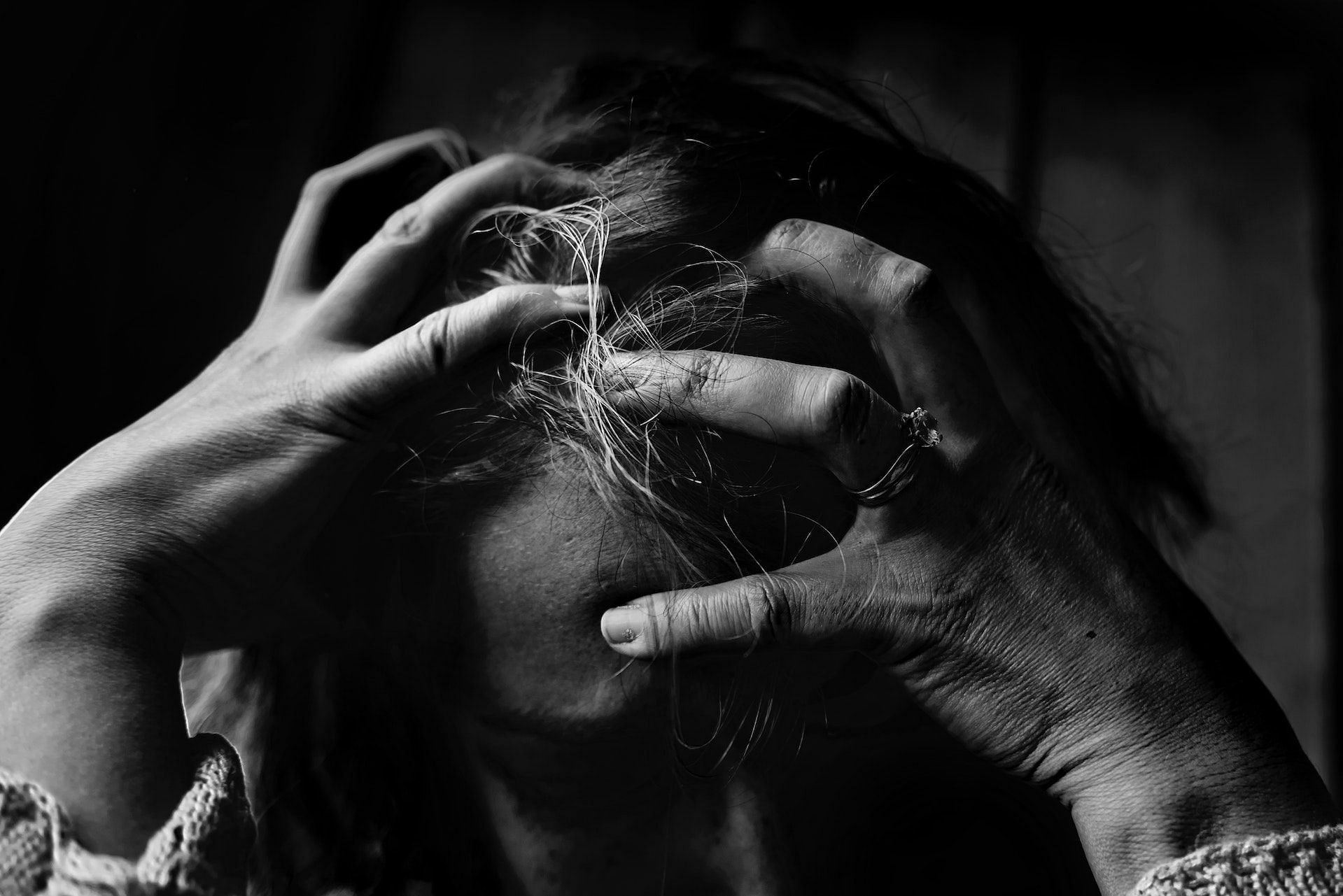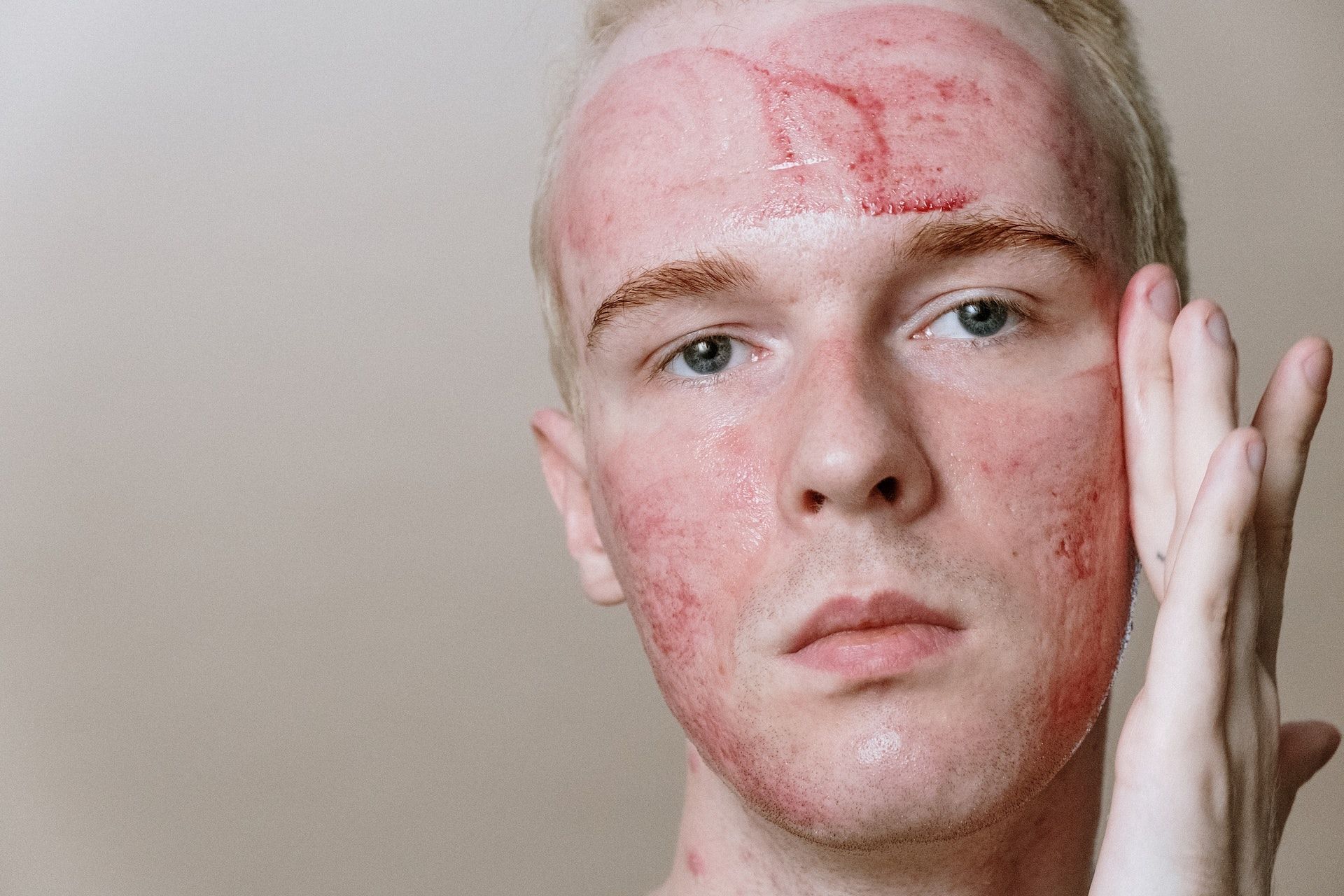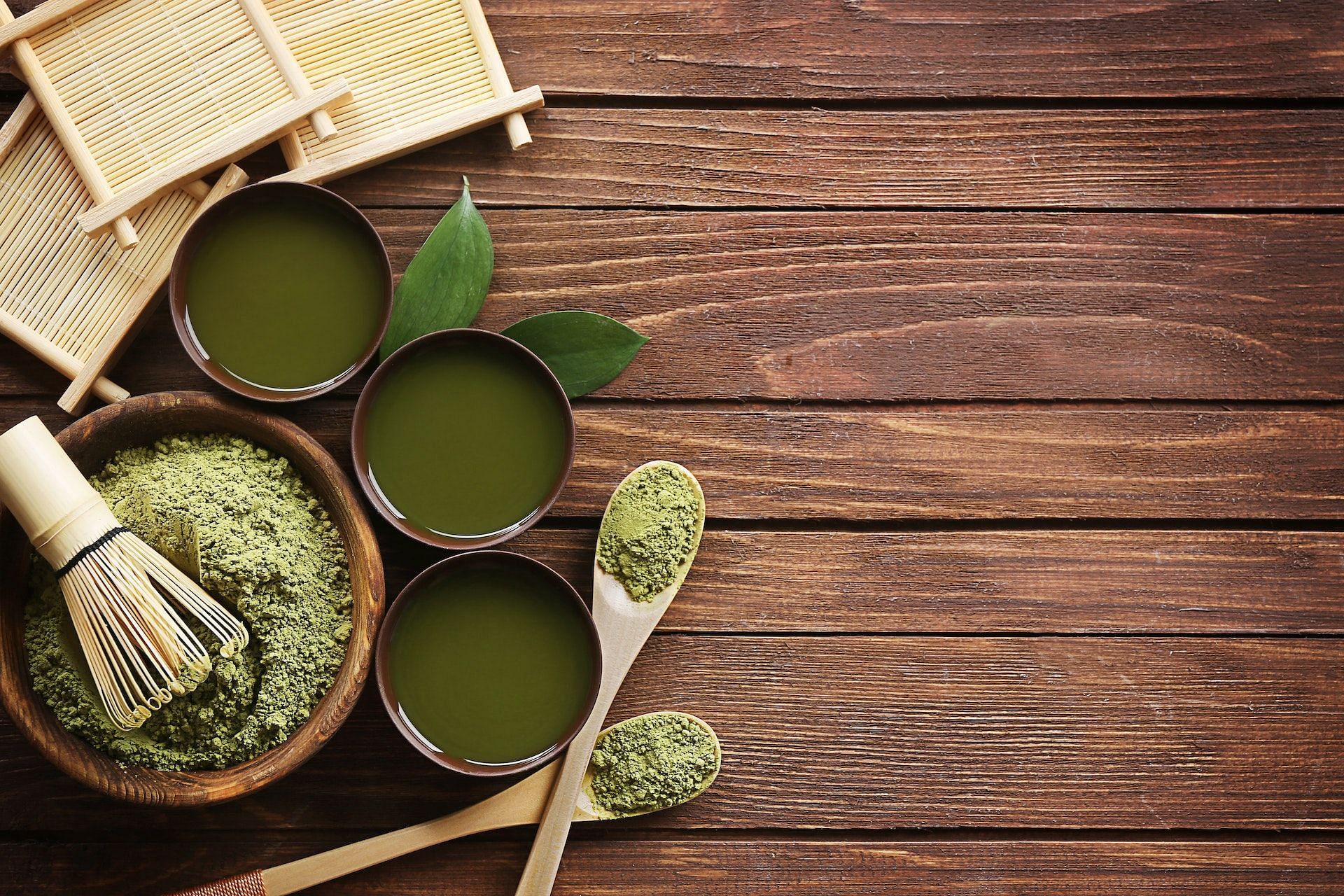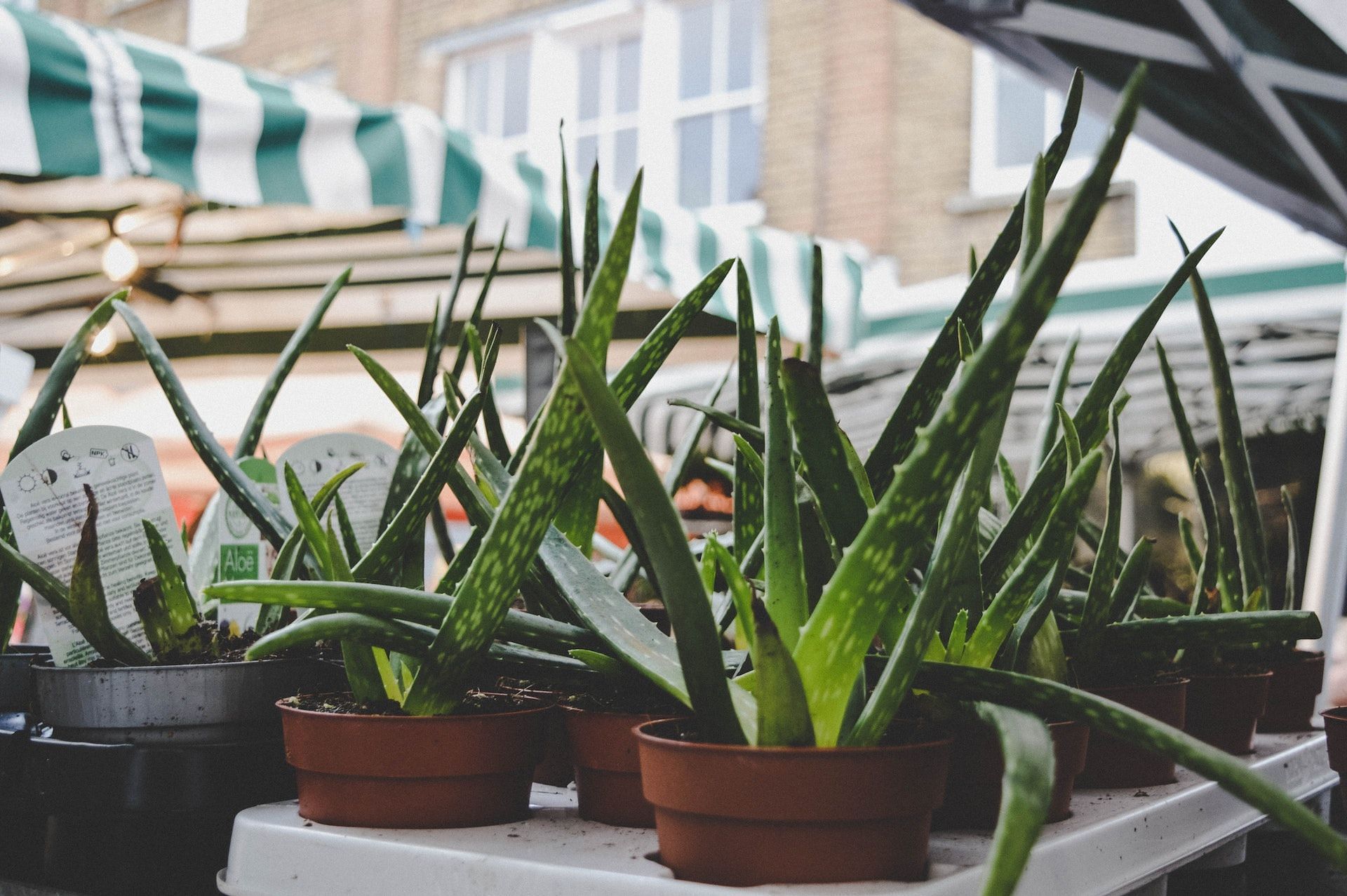Do you have acne prone skin? If yes, then you must know about common types of acne so that you can get the right treatment.
Today, acne has become a very common skin condition among men and women. Although it does not pose a threat to your overall health, severe acne can impact your self-esteem and lead to scarring if popped or not treated at the right time.
What is acne?
Acne, medically termed acne vulgaris, is basically a common skin condition that causes different types of pimples, each with distinct symptoms and appearance. Mostly, young adults and teenagers get acne, but it’s also common during adulthood.
Pimples usually occur on the face, however, depending on different types of acne, they can occur anywhere in the body, including the back, shoulders, and chest. While mild acne can be treated with over-the-counter medications, severe ones require proper consultation by a dermatologist.
What are the causes of acne?
While the major causes of acne are clogged pores and hair follicles, there are other reasons as well. These include:
- bacteria
- sebum
- dead skin cells
- stress
- infection
- hormonal changes
- genetics

Apart from these, certain foods can also lead to different types of acne. Various studies suggest that the following foods and diets could potentially lead to breakouts and pimples:
- whey protein
- dairy
- sugar-based products
- oily foods
What are the types of acne?
There are various types of acne, including:
Non-inflammatory acne
The non-inflammatory type of acne mainly includes whiteheads (closed comedones) and blackheads (open comedones) and doesn’t lead to swelling. They can be treated easily by using over-the-counter products such as salicylic acid-based cleansers, gels, and creams.
Whiteheads – Whiteheads or closed comedones occur when skin cells, sebum, or oil do not allow a clogged hair follicle to open. They’re quite challenging to get rid of because the pores are already clogged and closed, but products containing salicylic acid and topical retinoids can be helpful.
Blackheads – Blackheads are open comedones that also occur due to a clogged pore. They’re filled with dead skin cells and sebum and cause the pimple to turn black.
Inflammatory acne
These types of acne include:
Pustules
Pustules are also a type of inflamed pimple, which look like a whitehead but have a red ring-like swelling around the bump. They’re filled with yellow or white pus and can cause dark spots or scars if squeezed or picked.
Papules

Papules are inflammed comedones that look like pink or red bumps on the skin and are really sensitive to touch. Squeezing or popping papules can make the acne worse and can also lead to scarring.
Nodules
Nodules are big and inflammed bumps that feel difficult to touch. Unlike other inflammatory acne, nodules are deep underneath the skin, painful, and require a consistent treatment as you can’t clear them up at home.
Cysts
These types of acne are pus-filled and resemble boils. Cysts are painful and should only be treated by a dermatologist since they leave a scar. People with nodules and cysts are considered to have the most painful and severe form of acne that should be looked upon by a certified skin specialist.
How to get rid of acne fast?
There are several ways to cure acne, depending on its type, severity, and age. Your skin doctor might recommend using topical or oral medications or using skin therapies to treat your condition.
While the best way to get rid of pimples is to use prescription medications as suggested by your dermatologist, certain home remedies for acne can help as well.
Effective home remedies for acne
The following at-home skincare routine can potentially help you get rid of acne:
Apply green tea

Green tea is loaded with tannins and flavonoids, well-known ingredients that help fight pimple-causing bacteria and inflammation.
It also contains antioxidants that reduce sebum production and prevent the growth of acne. While there’re many green tea-based skin care products available in the market, it’s best to make the mixture at home.
To use green tea
Boil green tea in water for a few minutes. Let the mixture cool down, and use a cotton ball to apply it all over your face or use a spray bottle. Leave it overnight, and rinse your face the next morning.
Use tea tree oil
Tea tree oil helps reduce skin inflammation by fighting bacteria, but it should always be diluted with water or essential oils such as almond oil, as it can cause burning, dryness, and redness when applied directly to the affected area. Before using tea tree oil directly on your acne, perform a patch test and use it safely.
To use tea tree oil on acne-prone skin
Mix one drop of tea tree oil with one tablespoon of essential oil. Use a cotton swab to apply the mixture directly to your pimples. Repeat the process twice daily, as needed.
Apply aloe vera

Aloe vera is another great ingredient that works on different types of acne. When applied directly to the acne-affected area, aloe vera helps reduce redness and inflammation, fights bacteria, and also promotes healing.
To use aloe vera on different types of pimples
Scrape the gel from the aloe leaves, and apply it directly to the pimple. You can also use aloe-based products, but ensure that the product is safe and contains natural aloe vera.
Wash your face with a salicylic acid-based cleanser
Salicylic acid is a holy-grail product for acne prone skin. Washing your face with a salicylic acid-based cleanser at least once daily is sure to reduce inflammation and bacteria, and also prevent future breakouts.
Important tips to follow for different types of acne
To prevent future breakouts and reduce your chances of acne, remove your make-up at the end of the day with a cleansing balm, and always use an oil-free moisturizer on your acne prone skin.
Do not squeeze or pop your pimple, and allow your skin to heal naturally if you don’t want dark spots and scars on your face. Eat a healthy and balanced diet and avoid junk and sugary foods as much as you can.
Also read: 6 Superfood To Help Fight Acne

